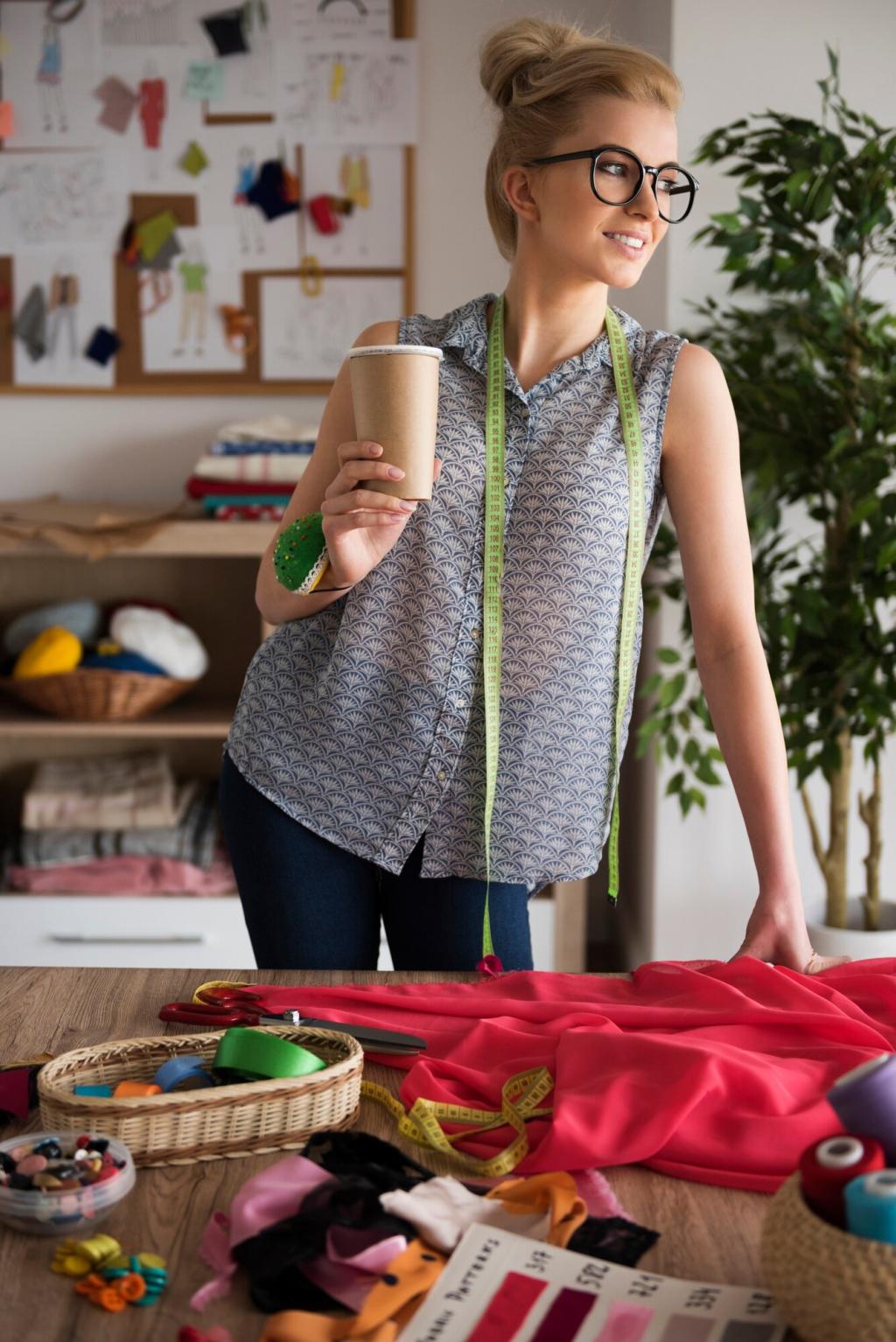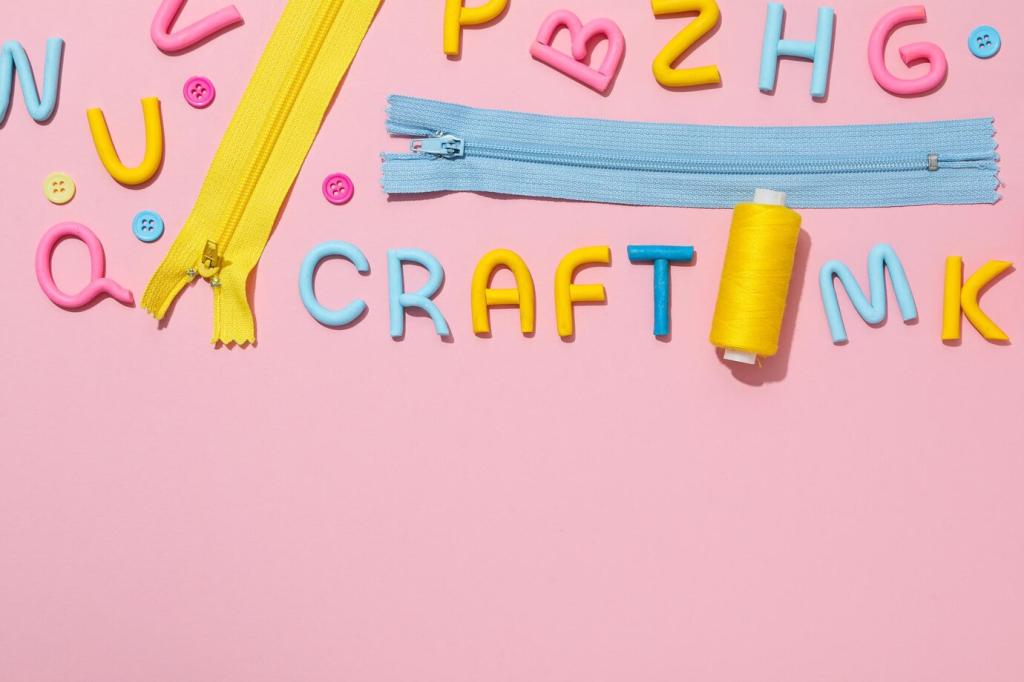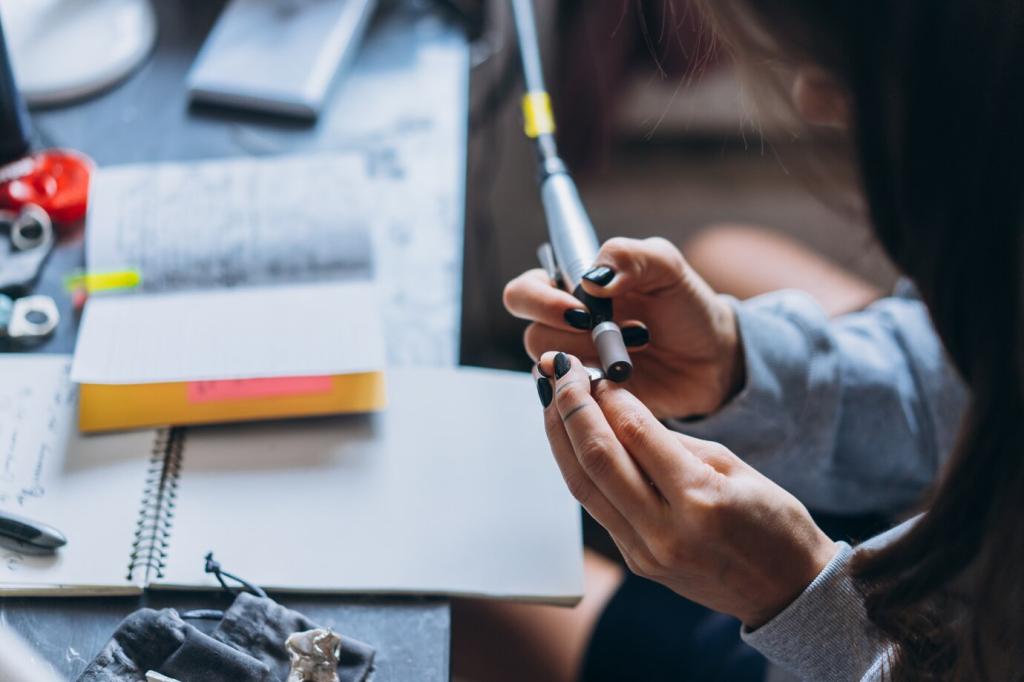This website uses cookies so that we can provide you with the best user experience possible. Cookie information is stored in your browser and performs functions such as recognising you when you return to our website and helping our team to understand which sections of the website you find most interesting and useful.

Exploring the Fusion of Traditional Crafts and Contemporary Design
The intersection of traditional crafts and contemporary design sparks creativity, innovation, and cultural continuity in the ever-evolving world of art and design. As boundaries blur between old and new, this fusion celebrates heritage while redefining the scope and potential of modern aesthetics. By honoring time-honored skills and techniques, contemporary designers find inspiration for novel interpretations, refreshing classic motifs and materials for the present day. This exploration not only transforms visual experiences but also fosters a deep appreciation for handcraft, storytelling, and sustainability. Understanding this synergy reveals the unique power of combining tradition with innovation, leading to the enrichment of both local and global design landscapes.
Rediscovering Craft Heritage in Modern Contexts


Reinventing Fabric Through Technology
Stone and Metalwork in a Modern Light
Sustainable Material Innovations
Cultural Storytelling through Design

Technological Integration and Digital Craft
3D Printing Meets Handcrafted Detail
VR and AR for Virtual Craft Preservation
Digital Platforms and the Craft Marketplace


Navigating Cultural Appropriation

Ensuring Fair Trade and Ethical Production


